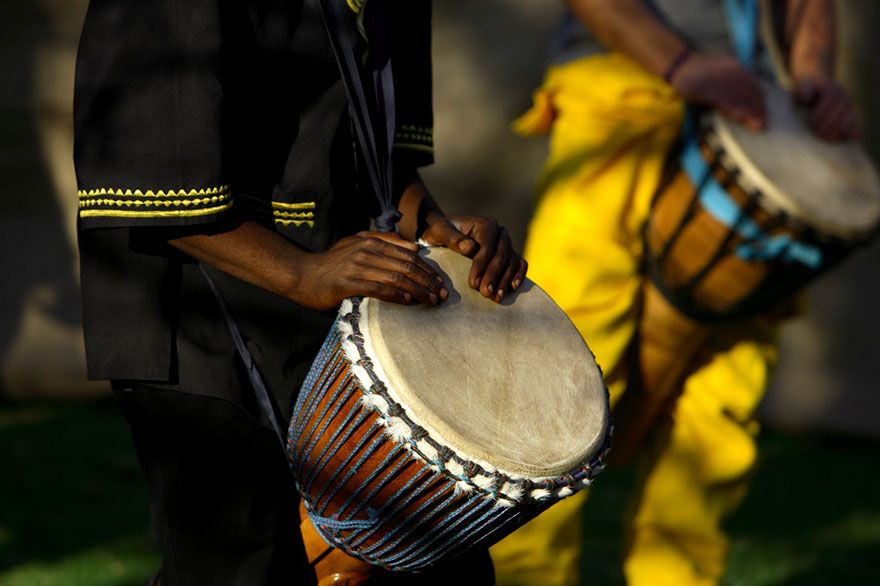
13 Oct Learn About the Traditional Dominican Merengue
Learn About the Traditional Dominican Merengue
Merengue represents the greatest musical treasure of the Dominican Republic. This musical genre is part of the cultural identity of the country and has managed to cross borders to become one of the most famous dances in the world.
In fact, in 2019, the Dominican Republic was crowned with the Guinness record for the most couples dancing merengue in a uniformed and synchronised way, beating Russia, which had held the position since 2013.
On November 26, 2005, the practice was recognised with the publication of a presidential decree declaring National Merengue Day, in honour of the fact that just 151 years ago, in 1854, on that same date, the word “merengue” appeared for the first time in the newspaper “El Oasis”. In addition, in 2016 it was declared a Masterpiece of the Cultural, Oral and Intangible Heritage of Humanity by UNESCO. Dominicans couldn’t be more proud!
What is the merengue?
Merengue is a type of music and dance that originated in the Dominican Republic and has become a very popular style throughout all of Latin America. This genre has a moderate to very fast rhythm, and is played with the güira, the tambora drum and the accordion.
Merengue has three basic steps or movements; a side step, one forward and one backward. Because of this, it is an easy and fun dance to learn, which is why it has become so popular. Do you know how to dance it? Because at some point on your next holiday, you’ll hear the merengue and you’ll have to let yourself go and enjoy the most Caribbean sound. Let’s dance!
Three styles of merengue
Merengue is considered to be the national music of the Dominican Republic and today three main types of merengue are played around the country. Although they are similar, they are distinguished by their instrumentation and repertoire.
- Perico Ripiao; the typical merengue
- Big Band Merengue
- Guitar Merengue
Perico Ripiao; typical merengue
The Perico Ripiao Merengue is the most typical style of merengue in the Dominican Republic. It is the oldest type and is still being played.
It came from the valley region called El Cibao, near the city of Santiago de los Caballeros, a rural and agricultural region, which is why it is called the “country music” of the Dominican Republic.
This musical style is played with three main instruments: the güira, the tambora drum and the accordion.
The güira and the tambora drum, the two main percussion instruments, have been part of the typical merengue ensemble since the music’s inception, and are so important that they are often considered to be symbolic of the country.
The güira is a metal scraper believed to be of native Taíno origin, while the tambora is a two-headed drum of African origin. The accordion represents the European influence from the late 19th century.
In this way, the three instruments used represent the fusion of the three cultures that make up of the Dominican Republic: the African influence through the tambora, the Taíno influence through the güira and, as we have already mentioned, the European influence through the accordion.

Big Band Merengue
Big Band Merengue became popular among the Dominican upper and middle classes in the 20th century.
Although merengue was performed in upper-class salons as early as the 1850s, “moralists” such as then-president Ulises Espaillat succeeded in banning the dance from these locations only two decades later, causing the merengue to die out in the cities.
However, when Rafael Leonidas Trujillo took power in 1930, he imposed the merengue upon all levels of society, some say as a form of punishment for the elites who had previously refused to accept him.
The first merengue to attain success at all levels of society was Alberti’s famous work, “Compadre Pedro Juan”.
After Trujillo’s assassination in 1961, Big Band Merengue underwent great changes. During that decade, the Johnny Ventura Combo Show drove crowds wild with their showy choreography; in addition, they reduced the trumpet section and salsa influences.
Guitar Merengue
This is a type of merengue whose main instrumentalisation consists of the Spanish guitar as a melodic instrument, in addition to the güira, the tambora and other typical merengue instruments as an accompaniment.
It is closely related to bachata and some of its greatest performers were also well known for their performances in this other Dominican musical genre.
Greatest performers of Dominican merengue
Merengue is a style that has evolved a great deal since it first appeared and from which new styles have been born. However, it is important to be familiar with the leading merengue singers if we want to fine-tune our hearing to truly understand this musical style.
An important figure in early merengue was Francisco “Ñico” Lora, who is credited with the rapid popularity of the accordion at the beginning of the 20th century. His compositions spoke of current events of the time, such as Cuban independence, the First World War, the arrival of the airplane and the North American occupation of the Dominican Republic.
Tático Henríquez is considered the godfather of modern merengue. He replaced the marimba with the electric bass and added a saxophone (previously only used on occasion) to harmonise with the accordion.
Thanks to Eduardo Brito, merengue was heard even in New York during the 1930s. Brito was the first to sing Dominican national music in this city before his arrival in Spain.
However, it was not until the massive migration of Dominicans in the 1960s and 1970s that the music reached a massive audience. In 1967, Joseíto Mateo, Alberto Beltrán and Primitivo Santos brought merengue to Madison Square Garden for the first time.
By the time the 1980s came around, merengue was so big that it was even overtaking salsa on the airwaves.
In the 1990s, most groups maintained the line-up of five men on the accordion, saxophone, tambora, güira and bass; although they came up with a few innovations. Some younger bandleaders also added congas, timpani and keyboards. Rafael Solano introduced yet another innovation: the bass drum that is played with a foot pedal.
Other groups established in New York, such as Fulanito, experimented with the fusion of the typical accordion with rap vocals. These young artists brought the typical merengue to new audiences.
Currently, the most popular artist is El Prodigio, a young accordionist respected by musicians of all ages.
As you can see, merengue is a dance with a whole lot of history and is still very much alive, meaning that as you walk through the towns and cities of the Dominican Republic, you will be able to find its rhythm around every corner. Here’s one tip: if you see that your feet start to move, let yourself go and just enjoy!




No Comments